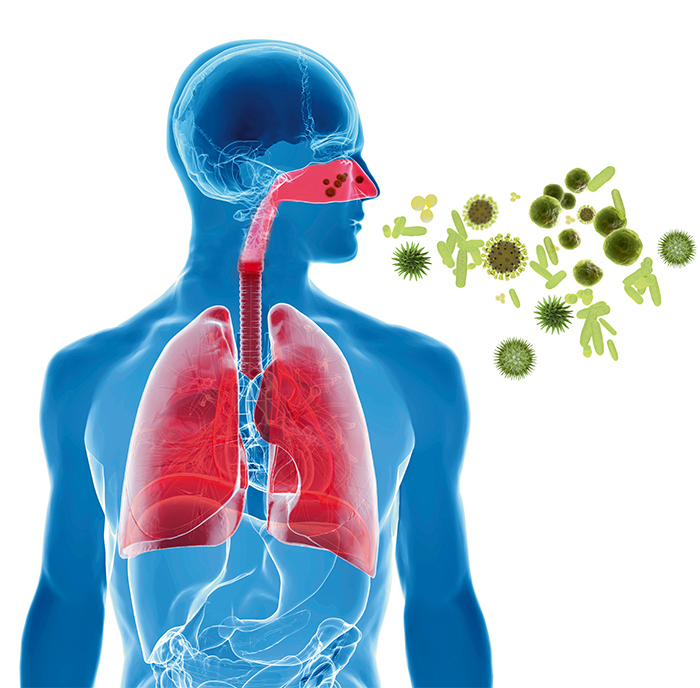Hayfever is often regarded as a trivial health issue but it has the potential to severely affect people's quality of life. Thorough and effective treatment is therefore critical and it's important that sufferers understand the treatment options available and how to use them properly.

The medical term for hayfever is seasonal allergic rhinitis. In other words, it's an allergic condition that varies in prevalence depending on the time of year.
Hayfever develops when the body's immune system reacts to pollen as if it were a harmful substance, like an infection. Produced by plants, including grass, trees and weeds, pollen is harmless to most people. But for people with hayfever, contact with pollen triggers the body to release a type of antibody to attack the allergen (pollen). The immune system then releases chemicals, including histamine, to prevent the spread of what it thinks is an infection.
The symptoms and the severity of hayfever can vary widely from person to person.
Common symptoms include:
- Sneezing
- Runny nose
- Nasal congestion
- Coughing
- Itchy eyes, ears, nose or mouth.
Many sufferers are often confused about whether they have a cold or hayfever. One of the key differences to look out for is how long the symptoms last for. A cold will usually clear up within two weeks, but hayfever symptoms will persist.
